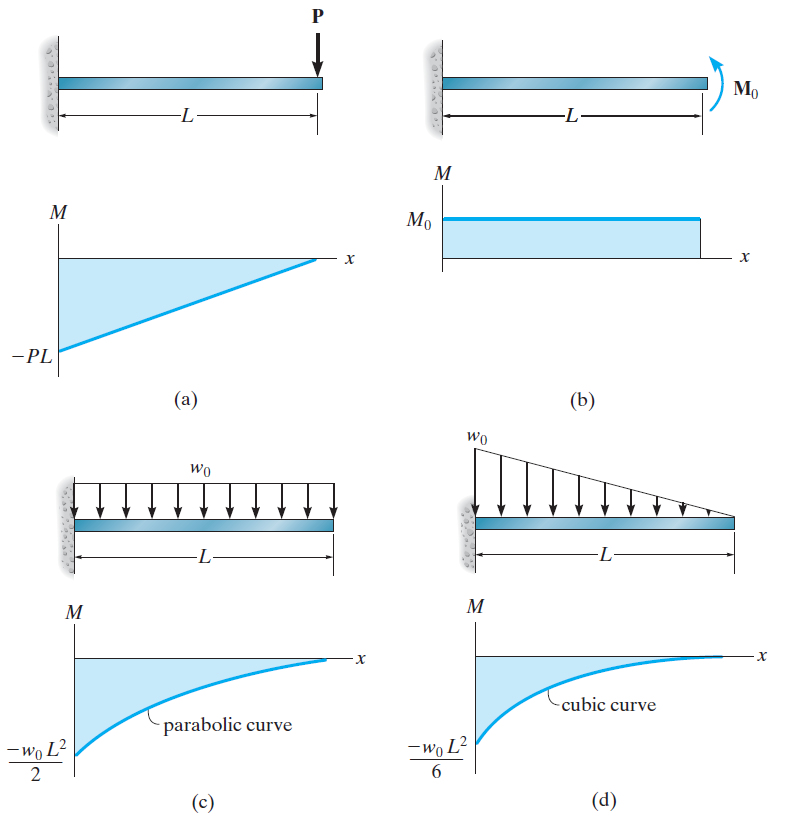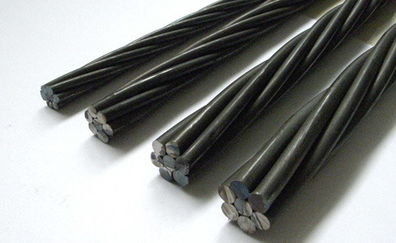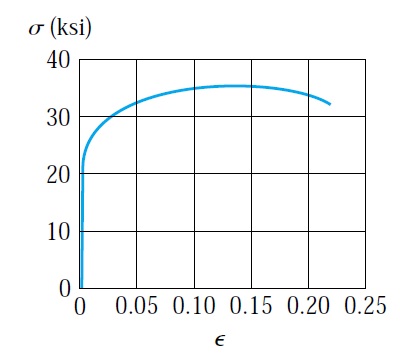Types and Classifications of Bolts and Bolted Connections in Steel Structures
1. Classification of Bolts
Bolts used in steel structures are generally divided into two main categories:
1.1 Unfinished (Common) Bolts
These are low-strength bolts commonly used in secondary structural elements such as bracing, purlins, and temporary connections. They are economical and suitable where loads are relatively small and precision tightening is not critical.
1.2 High-Strength Bolts
High-strength bolts are designed for primary structural connections such as beam-to-column joints, truss connections, and bridge girders.
According to the ASTM (American Society for Testing and Materials), they are mainly classified as:
-
ASTM A325: Medium carbon steel, heat-treated, commonly used in standard structural applications.
-
ASTM A490: Alloy steel, heat-treated to a higher strength, used where greater load-carrying capacity is required.
The grade or strength of bolts is defined by several international standards, such as ASTM, ISO, and EN.
-
ASTM Classification:
-
A307 (Grades A and B): Common bolts used for non-structural or secondary connections.
-
A325 and A490: High-strength bolts used in primary structural connections, as mentioned earlier.
-
-
ISO / EN Classification:
These standards classify bolts by property classes, such as 8.8, 10.9, and 12.9, which correspond to specific yield and tensile strengths.
The table below (to be added) can summarize the relationship between ASTM and ISO/EN classifications, including their yield strength, ultimate tensile strength, and common applications.
Standard | Bolt Grade | Type | Yield Strength (MPa) | Tensile Strength (MPa) | Common Use |
ASTM | A307 Grade A | Low-Carbon Steel, General Use | — | 414 min | General hardware, light structural work |
A307 Grade B | Medium-Strength, Flanged joints | — | 515 min | Pipe flanges, castings | |
A325 (replaced by F3125) | Medium-Strength Structural Bolt | 660 | 830 | Structural steel joints | |
A490 (replaced by F3125) | High-Strength Structural Bolt | 895 | 1040 | Heavy structural steel, bridges | |
F3125 Grade A325 | Medium-Strength Structural Bolt | 660 | 830 | Bridges, buildings | |
F3125 Grade A490 | High-Strength Structural Bolt | 895 | 1040 | High-load bridge joints | |
ISO | 8.8 | Metric High-Strength Bolt | 640 | 800 | Structural joints, machinery |
10.9 | High-Strength Structural Bolt | 940 | 1040 | High-stress applications | |
12.9 | Very High-Strength Bolt | 1100 | 1220 | Automotive, aerospace, tools | |
EN 14399 | HR Class 8.8 | Preloaded Structural Bolt | 640 | 800 | Preloaded bolted connections in steelwork |
HR Class 10.9 | High-Strength Preloaded Bolt | 940 | 1040 | Bridges, steel towers |
Bolted connections are also classified according to the degree of bolt tightening, as follows:
-
Snug-Tight Connections:
In this method, bolts are tightened sufficiently to bring the connected steel parts into firm contact, typically until no further tightening can be achieved with a regular wrench.-
This type of joint is referred to as a bearing-type connection.
-
Load transfer occurs primarily through the shear strength of the bolts.
-
Not recommended where the connection is subjected to significant tension.
-
-
Pretensioned (Slip-Critical) Connections:
In this type, bolts are tensioned to a specified level of tension or torque, verified using one of the following methods:-
Calibrated wrench method
-
Turn-of-the-nut method
-
Direct Tension Indicator (DTI) washers
The connection’s resistance depends on the friction between the faying surfaces, maintained by the bolt pretension. Both the frictional resistance and bolt bearing contribute to the connection’s total capacity. The table below provides guidance on the minimum required bolt pretension (kN) for different bolt diameters and grades (as per AISC or ASTM specifications).
Since slip resistance depends on the frictional force between faying surfaces, these surfaces must be properly prepared and roughened. They should not be painted or coated, as this reduces friction. The shear capacity developed through friction can be expressed as:
V = T × μ V where:
= slip resistance (shear)
= bolt pretension force
= coefficient of friction of the faying surface -
Bolt holes are typically made slightly larger than the bolt diameter to allow for easy installation. The standard clearance is about 1/16 inch (≈3 mm). However, depending on construction and erection requirements, different hole types are permitted:



















Comments
Post a Comment